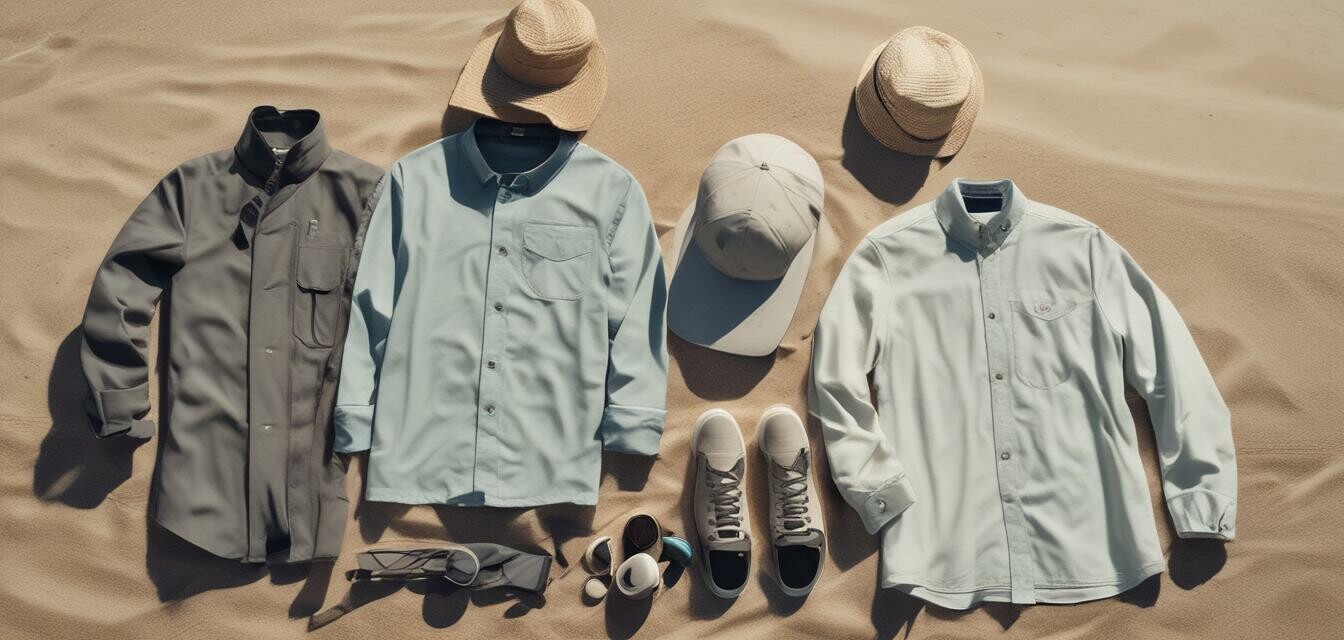
Choosing UV Protective Outerwear for All Seasons
Key Takeaways
- UV protective clothing shields against harmful rays regardless of the season.
- Understanding UPF ratings is crucial when selecting outerwear.
- Layering is essential for varying weather conditions while maintaining sun protection.
- Special considerations are needed for children and individuals with photosensitivity.
- Investing in quality UV protective clothing is cost-effective over time.
In today's world, the awareness of sun safety has grown significantly, particularly with increased skin cancer risks. Wearing UV protective clothing has become essential for outdoor enthusiasts and everyday individuals alike. This article serves as a guide for choosing UV protective outerwear that will keep you safe in all seasons, ensuring continued protection from harmful rays.
Understanding UPF Ratings
When it comes to UV protective clothing, UPF (Ultraviolet Protection Factor) ratings are critical. These ratings indicate how much UV radiation can penetrate the fabric. Here’s a quick breakdown:
| UPF Rating | Protection Level |
|---|---|
| UPF 15-24 | Good protection |
| UPF 25-39 | Very good protection |
| UPF 40-50+ | Excellent protection |
Choosing the Right Outerwear for Different Seasons
Spring and Fall
During transitional weather, layering is key. Look for lightweight UV protective jackets that can be easily removed or added, depending on the temperature. Styles with moisture-wicking properties are ideal for varying physical activities.
Summer
The summer sun can be unforgiving. Consider breathable, long-sleeve sun shirts and wide-brimmed hats. Opt for fabrics that offer a high UPF rating, ensuring maximum protection as you engage in outdoor activities.
Winter
Don’t forget about UV protection in winter! Snow can reflect UV rays, increasing exposure. Invest in insulated jackets that also offer UV protection, along with gloves and neck gaiters that shield sensitive skin areas.
Activities That Require UV Protective Outerwear
Different activities may call for different types of UV protective clothing. Below is a summary of popular activities and appropriate outerwear:
| Activity | Recommended Gear |
|---|---|
| Beach | Wide-brimmed hats, sun shirts, lightweight cover-ups |
| Hiking | Long-sleeve shirts, cargo pants, UV-blocking sunglasses |
| Sports | Performance shirts, shorts, moisture-wicking fabrics |
Special Considerations for Children and Sensitive Individuals
Children and individuals on certain medications may be more sensitive to the sun. It’s essential to choose protective attire that is specifically designed for their needs:
- Opt for garments with a higher UPF rating.
- Look for features such as built-in hoods or collars for extra coverage.
- Choose breathable and stretchable materials for comfort during play.
Maintenance of UV Protective Clothing
To ensure your UV protective clothing remains effective:
- Follow washing instructions carefully; avoid bleach and fabric softeners.
- Air dry whenever possible to preserve fabric integrity.
- Store in a cool, dry place away from direct sunlight.
Conclusion
Choosing the right UV protective outerwear is essential not only for safety but also for comfort during any activity, regardless of the season. Invest in high-quality protective clothing, understand the UPF ratings, and make informed choices to protect yourself and your loved ones from harmful UV rays. For more tips on staying safe in the sun, check out our Health and Safety Tips section.
Pros
- Ongoing protection from harmful UV rays.
- Convenience of not needing frequent sunscreen application.
- Available in various styles and materials for different activities.
- Reduces the risk of skin damage over time.
Cons
- Initial investment may be higher than regular clothing.
- Some garments may require special care and maintenance.
- Not all products may have clear UPF labels.